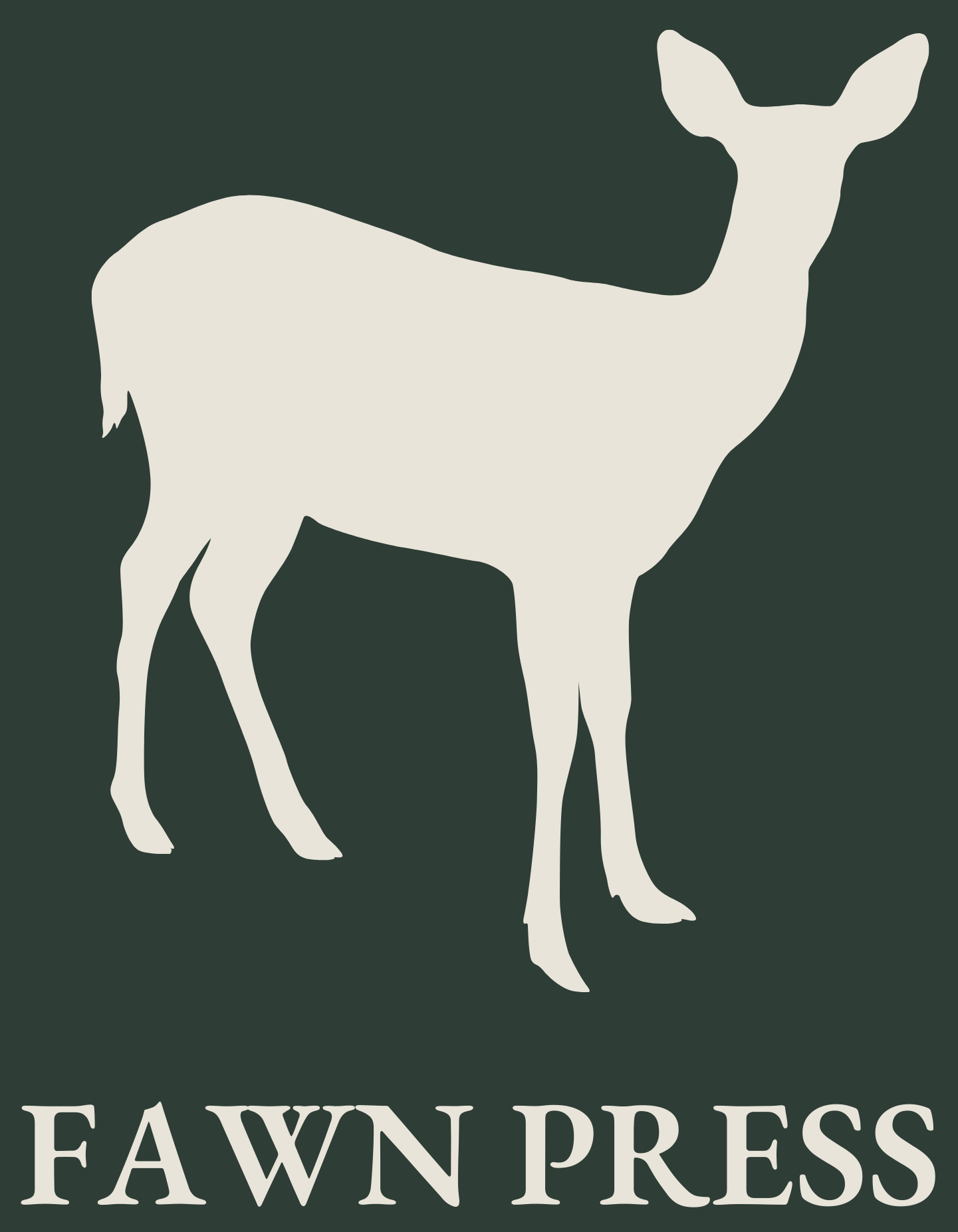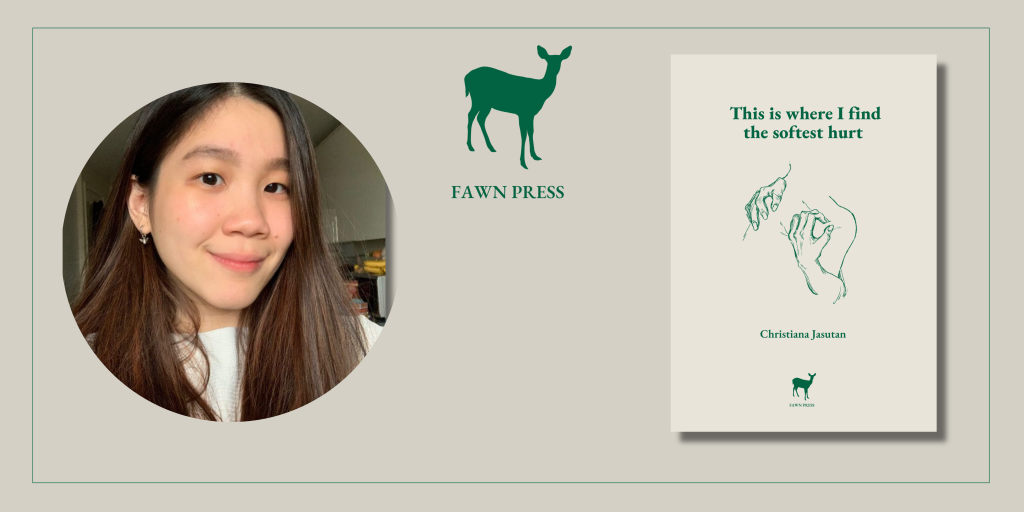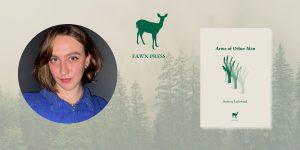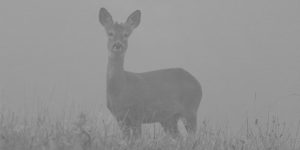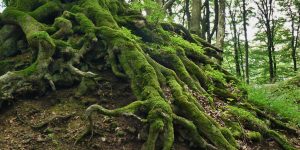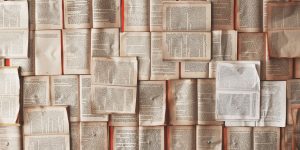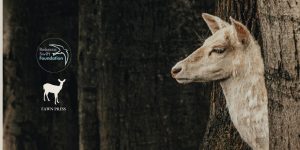We sit down with upcoming Fawn Press pamphlet poet Christiana Jasutan, to talk about tiny Ghibli models, hearty hot pots, and of course, her upcoming poetry pamphlet.
If your pamphlet was a type of food/ a colour/ an animal/ a season, what would it be?
Really loving this question!
This pamphlet has to be a hearty hotpot in the winter months, as described in ‘Kitchen’. There are many things you can find, from the standard sliced meat, leafy greens vegetables like pak choi and Chinese leaf, to the surprising fried tofu that soaks all the soup and fish balls with fish roe inside. The pamphlet has a lot to offer, dealing with different themes–some more difficult than others– but I hope ultimately it ends with a warm feeling for you.
I can picture this pamphlet as the colour of twilight: all the colours in the sky–blue, orange, pink, purple, and yellow–when the sun dips beneath the horizon and it is still light. After the day ends, there is still beauty in that transitionary period where everything is static, and just before we take our rest to prepare for a new day. I want to show that in the aftermath of a tragedy and before healing takes place, there is still space for love.
This pamphlet is a cat! I’m not saying which cat; at times it can be a domesticated cat ready for cuddles and comfort, a cheeky cat hiding in folds of blankets. Other times, it can be a tiger ready to pounce for prey, not knowing when it will have the next opportunity to feed. Maybe it is a stray cat, lost and not knowing the way home or what home is, following the only path that shows light.
I have to be cheeky and pick two seasons for this pamphlet: autumn and spring. This pamphlet is about moments of joy, pain, and also rest. The best way to describe it is that this pamphlet stands in a transitionary period–the body after trauma, coming to a rest, and the body after rest, rising to heal and bloom.
What does your writing set-up/desk environment look like?
I don’t have a specific environment for writing, as sometimes I would write from my desk, my bed, my sofa, my dining table, or in parks and cafes. But my desk consists of many things: an extra screen (for working from home), piles of books, decorations (think of tiny Studio Ghibli sculptures), a desk lamp, many pictures (of friends and family), and also prints and posters. I also grew to love putting some small plants and cuttings on my desk.
I write on very random places and at random times! For example, I remember writing ‘Mouth: Tip Jar’ in the white marquee that was erected in the Green Heart in the University of Birmingham. It was just after a lecture, and I thought, what if I wrote a poem based on visualizing a mouth as a tip jar… and the white marquee was the first place I could sit down and write, as the library was full and my desk at home was too far.
You take some brave choices stylistically with the format of your poems, and pull them off beautifully – how important to you is the visual aspect of structure when crafting a poem?
Thank you, I’m so happy whenever someone notices this! Form and style became really important to me since writing poetry for the first time, probably since I got into poetry quite late, and wasn’t confident enough to see my poems in comparison to my peers, who have been writing poetry for way longer than I have. At that time, I thought I would experiment with different forms and styles, to compensate for my lack of poetry writing skills. While it began as a result of my lacking confidence in myself, I began to really enjoy experimenting with different forms and styles. Soon, I was trying different forms to complement and emphasize my poems.
Of course, this experimentation is always trial and error, but I always enjoy being playful in the process!
Do you consider yourself a page poet or do you enjoy performing them too?
I 100% consider myself a page poet – I love experimenting with different styles a poem can take on the page. It’s funny to think that I first got into poetry in 2020 during Covid, through Button Poetry, which is a publisher of performance poetry.
After writing poetry, I try to become more comfortable in performing my work. I have a really beautiful memory of performing my poems in the summer of 2022, where I headlined Grizzly Pear, the monthly University of Birmingham’s Writers’ Bloc’s student-run poetry open mic, with my friend Hannah Burrows. It was a spectacular night and I particularly enjoyed performing one of my poems ‘Phantom Limbs’ which includes Indonesian words. It is a poem written for my family, particularly for my mom who doesn’t really speak English but has always been ever so supportive. This poem is a tribute for her, as I wanted to write something that only she can understand, and performing it live that night, with my mother in the audience, was such a rewarding experience.
I definitely want to get better and more comfortable at performance poetry, especially as I always enjoy the energy of the crowd in open mic events!
Who is this pamphlet for, if you had a specific dream reader in mind that you hope to reach?
To be honest, I wrote the poems in this pamphlet mainly for myself, not only to heal but also to record all of the love and good memories I have with myself, my body, and the people around me. But if I had to dedicate this pamphlet, it would be to all the girls out there who had to go to a different country, away from their loved ones and the culture they love. Girlhood is a difficult thing, and it would mean the world to me if this pamphlet could reach and help even one girl who has difficulty accepting and loving her body. In the process of writing this pamphlet, I have come to accept and appreciate my body better, not taking it for granted as something that is a given, but rather as something that has always been with me and is the only reason I can love this world and the people in it. I hope this pamphlet conveys a similar message to its readers.
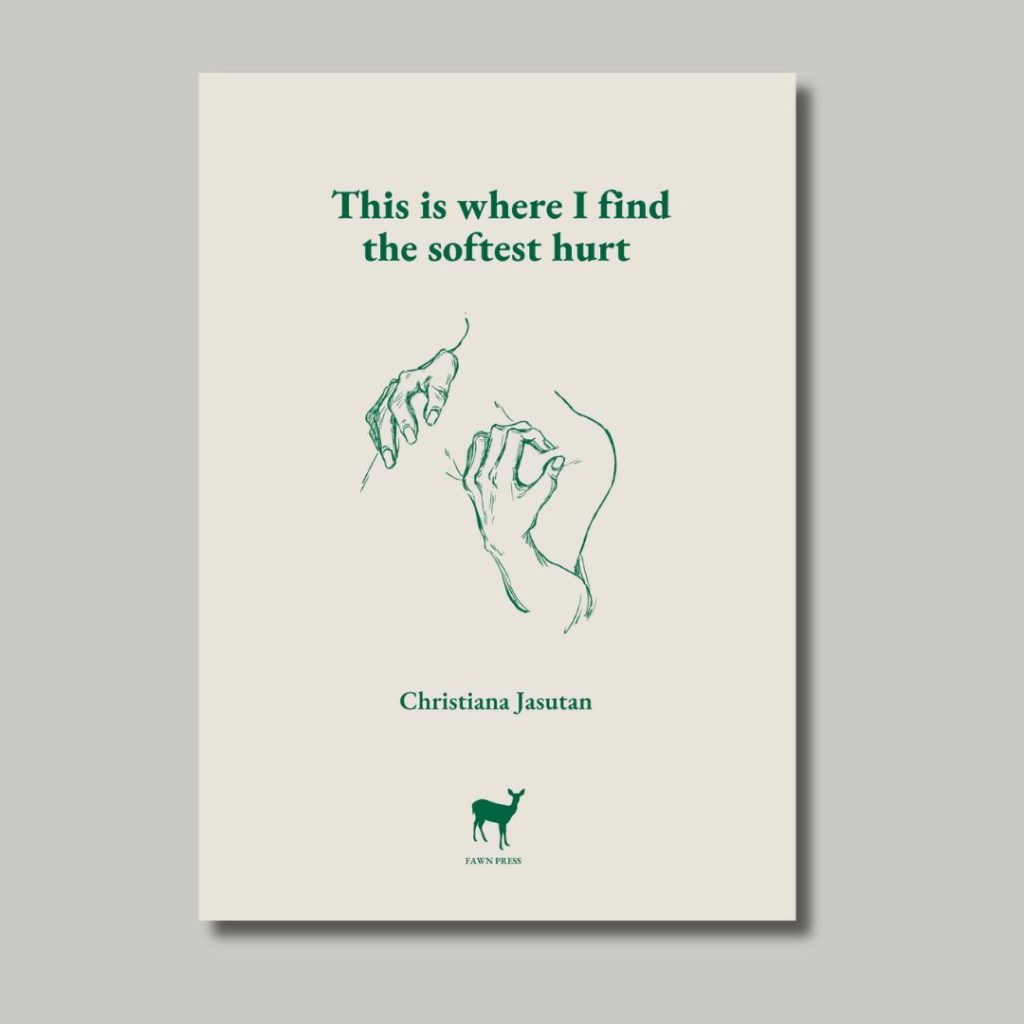
You can preorder a copy of Christiana Jasutan’s pamphlet ‘Here is where I find the softest hurt’ here.
